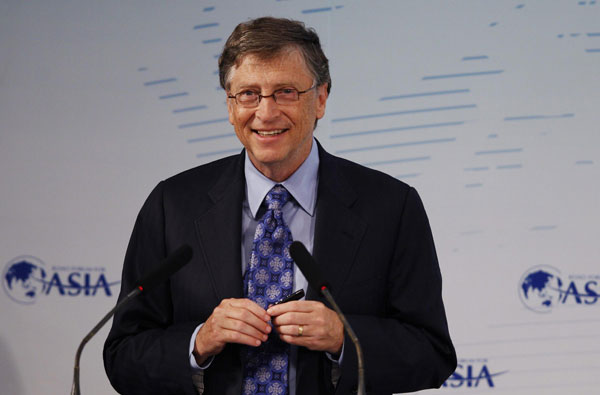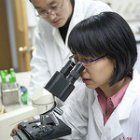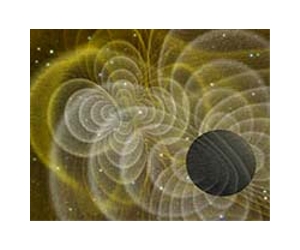shuttler
ELITE MEMBER

- Joined
- Feb 21, 2012
- Messages
- 9,253
- Reaction score
- 3
- Country
- Location
The demand for Energy, is going to be a problem and a strategic vulnerability for China - So, I hope for the sake of China and really for the world, that China will invest in creating a FUEL or ENERGY SOURCE, that will allow abundant and cheap energy for the world,
Failure to do this leaves China and much of the world open to blackmail and predatory behavior of those who will use energy as a weapon
Yes it is a huge problem
So this is one area (also mentioned above) we are working on - "artificial sun" project. Read on the text further down and the leaks cover more than energy research.
China to build world's first "artificial sun" experimental device
From an article disclosing materials from Wikileak:
Wikileaked Cables from Beijing Reveal China's Pursuit of Fusion Power, Teleportation
By Clay DillowPosted 12.06.2010
It’s no secret that China is beating up on America and the West in everything from infrastructure to technology investment, but news of exactly what the People’s Republic is up to is often scarce. So while the diplomatic establishment continues to reel from the stink of its own dirty laundry in last week’s Wikileaks document dump, cables coming from the American Embassy in Beijing are also shedding light on the strides Chinese scientists are making in far-out fields like nuclear fission, biometrics, and even quantum teleportation.
One confidential diplomatic cable sent from the Beijing Embassy to Washington in February suggests China is doing big things at the small scale. For one, China is aggressively expanding its nuclear energy resources, with plans to open at least 70 nuclear plants in the next decade. More interestingly, the Chinese Academy of Sciences (CAS) is pouring research funding into its Institute of Plasma Physics (IPP) to conduct ongoing research into nuclear fusion.
Apparently China has been hard at work on its Experimental Advanced Superconducting Tokamak (EAST) reactor, which is designed to sustain a controlled fusion reaction that can go on indefinitely at high temperatures. In 2009, researchers apparently sustained a 18-million-degree reaction for 400 seconds, and a 180-million-degree reaction for 60 seconds. Their goal for 2010 was to sustain a 180-million-degree reaction for more than 400 seconds, though it’s unclear if they achieved that. Moreover, IPP is apparently conducting research on hybrid fission-fusion reactors, though details are slim.
Perhaps most interesting: China doubled the IPP budget in 2009 over 2008, and the diplomatic chatter suggests 2010’s budget saw a significant boost as well. Amid choppy economic waters, such funding bumps indicate a real commitment on China’s part to figure out the fusion energy puzzle.
China’s sci-tech ambitions don’t stop there. While the evidence is anecdotal, the embassy seems to think the Chinese are pulling ahead in fields like quantum communications and even teleportation. To quote one diplomat’s description of a trip to the University of Science and Technology of China (USTC) in Hefei: “A cursory walk through their labs seemed to indicate they had already succeeded in single-particle quantum teleportation and are now trying to conduct dual-particle quantum teleportation.”
Then there’s the Big Brother tech that we’ve come to expect from China. The same cable says the CAS’s Institute of Intelligent Machines (IIM) in Hefei has created a biometric system that identifies individuals through their pace and gait. “The device measure weight and two-dimensional sheer forces applied by a person’s foot during walking to create a uniquely identifiable biometrics profile,” the cable says, and can be installed covertly in a floor to surreptitiously collect biometric data.





The University of Science and Technology of China







